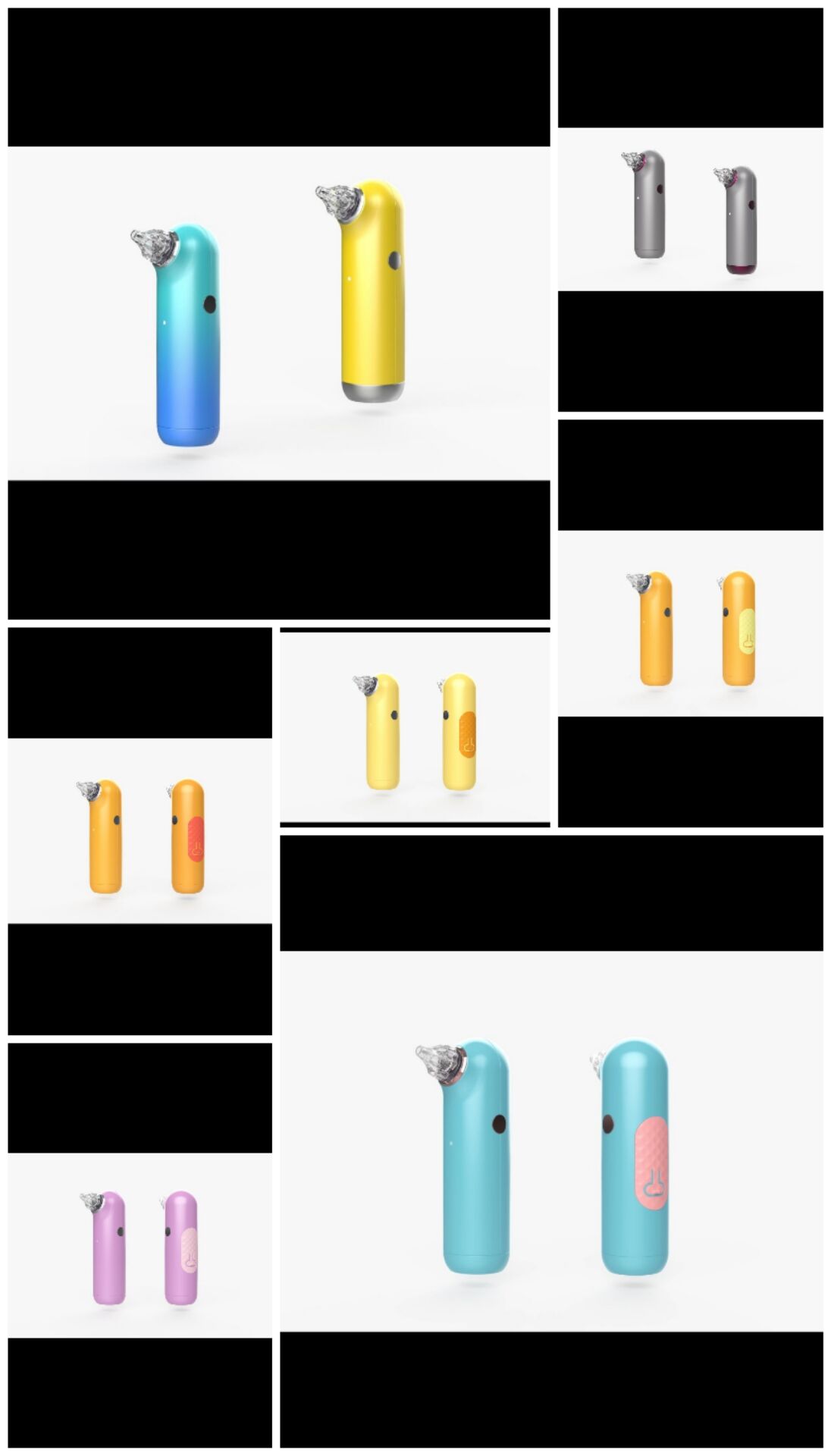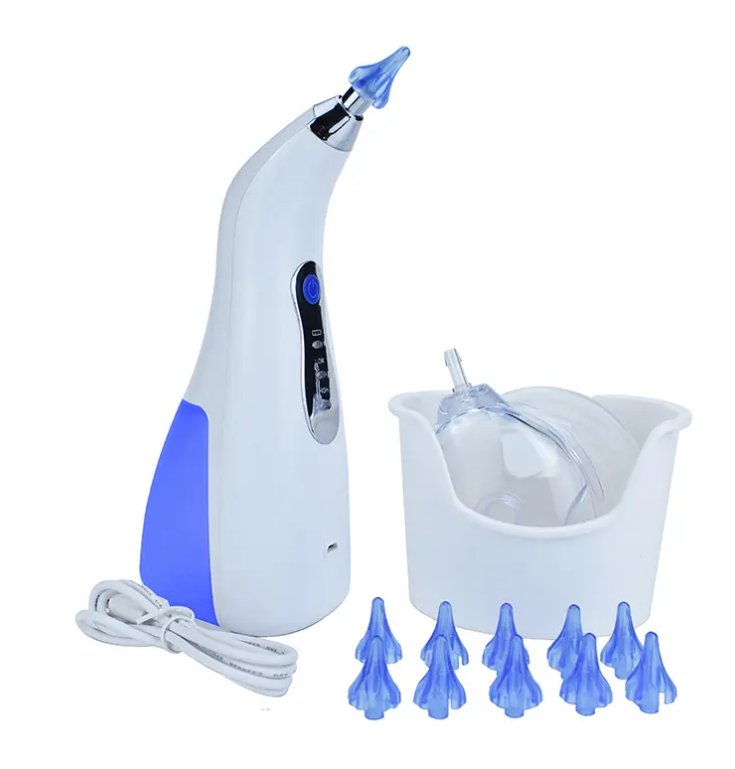The Old adage about waiting an hour after a meal to swim isn’t quite true.Swimming right after a light meal or snack is fine.However, if your child feels lethargic after a large meal,encourage you to take a break before returning to the water.
Many children learn to ride a bike and swim on their own at the same age-usually in the summer before kindergarten. The American Academy of Pediatrics supports swimming lessons for most children ages 4 and older.
If you’re swimming with kids under 4, choose one that requires parental involvement, qualified teachers, a fun atmosphere, and a limited number of underwater dives. This will limit the amount of water your child may swallow.
Children with colds or other minor illnesses can swim as long as they feel well. If your child has diarrhea, vomiting or fever, or has been diagnosed with an infectious disease, you should stay away from water. Children can swim with cuts and scrapes as long as the wound is not bleeding.
If your child has ear tubes, ask your child’s healthcare professional about ear protection during swimming. Some people recommend that children with tubes wear earplugs when swimming to prevent bacteria from entering the middle ear. However, routine use of earplugs may only be necessary if children are diving or swimming in untreated water such as lakes and rivers.
Swimmer’s ear, or otitis external, is an infection of the outer ear canal, usually caused by water left in the ear,creating a moist environment that helps bacteria grow.Swimmer’s ears are often treated with prescription ear drops.
Keep your ears dry. Encourage your child to wear earplugs while swimming. After swimming, gently wipe the outer ear with a soft towel, then dry your child’s ear with the ear dryer.
Use home preventive treatments.Use homemade preventative ear drops before and after swimming, as long as your child does not have a perforated eardrum. A mixture of one part white vinegar and one part rubbing alcohol may promote drying and prevent bacteria and fungi that can cause the growth of swimmers’ ears.Pour 1 teaspoon of the solution into each ear and drain. Your pharmacy may offer similar over-the-counter solutions.
Avoid putting foreign objects in your child’s ears. Cotton swabs can push the substance deeper into the ear canal, irritating or breaking the thin skin inside the ear. If you’re trying to clean your ears and remove earwax, don’t use cotton swabs. Please use the visual otoscope, with 1080P camera. And encourage children to keep fingers and objects outside their ears. Can use the ear washing device to clean the earwax. Then use the ear dryer to dry the water.
Post time: Jun-27-2022






